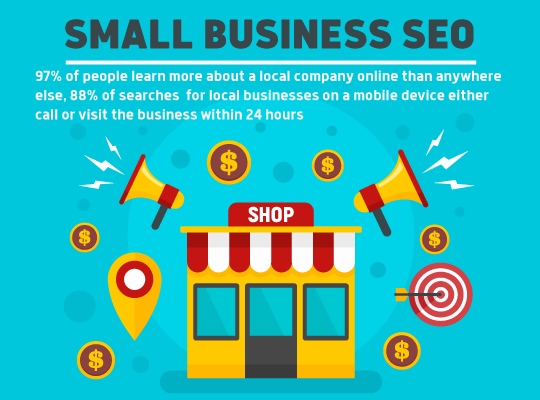Keyword research is the first and the most important step in the SEO process for an e-commerce company. There are two things to remember here. First is that this step cannot be skipped. It is inevitable. Second, being that just doing keyword research is not enough. Doing it right is vital. Targeting keywords that are difficult to rank will not help you in any way. Please remember that your goal is to be on the first page of Google. Also, we don’t want to rank for keywords that will not fetch your traffic. To avoid this situation contact us to do a thorough keyword research for an e-commerce website. For optimum keyword research, specifically, for an e-commerce company, the most important factor to keep in mind is the buyer’s intent. A user, for example, maybe searching for a laptop, may not necessarily be ready to buy it. But a person searching for a Mac Book Pro is more likely to buy it.
Site architecture for an e-commerce website is the right way of setting navigation, category pages, and product pages. We aim to get the most relevant information to the users so that they don’t have to click on too many pages to get to the products they need (keeping in mind that the patience of the user is low and the choices are more). A bad site structure and navigation can leave a negative impact on the ranking in the search engine results page. The key is to pass the link juice and authority from one category/product page to another. This is the main reason why you would spend your time and money on site-structure. Consult the best SEO Company in Delhi if you don’t have an ideal site structure for your e-commerce business.
As we have discussed earlier, keyword research is an essential step for e-commerce SEO. But putting these keywords at the right places in your content is the way for on-page optimization. Our primary purpose is to make sure that Google knows what is placed where on your website. Unlike other sites, on-page SEO for e-commerce websites has to be practiced in 3 ways simultaneously i.e., for category pages, product pages, and blogs. Category pages lead your prospective customer to your products; therefore, they must have a high ranking in SERP. To optimize them efficiently, we target your main keywords, firstly, in the URL of the category pages, title tags, and header tags. Also, adding them to the alt text of the images and Metadata brings a considerable advantage. Adding to this, we make sure the content is more in case of product-page optimization.
If you feel that local SEO is important only for those who have a physical store, then you are mistaken. Local SEO strategies are equally crucial for e-commerce stores. The first thing that we at Bluelinks, do for an e-commerce business is to make a Google My Business (GMB) profile. This will increase our chances of showing on the top in the local search results. It also gives essential information like address, phone number, pictures, and reviews to your customers quickly and easily. Along with this, we make sure that the maximum backlinks are procured from local websites eg, yellow pages, etc.
It will be safe to say that mostly SEO for e-commerce websites revolve around two things-content and links. Link building is an important step but time-taking and challenging at the same time. Since this process is an off-page SEO process, we collaborate with other websites that have good authority to get these links. Associating with influencers (sites/individuals that have high domain-authority but are not our competitors) and building links the same as the competitors (improving your ranking and pushing them down) are two strategies that give a push to our process, which is otherwise slow.
Doing the keyword research and making links is not enough as an SEO plan for an e-commerce website. Some fundamental technical aspects of working on are mobile responsiveness, site speed, and user-friendly. Slow websites have a higher bounce rate because the user does not have high patience and mostly is doing multiple things at one time. Therefore it is very crucial to make sure that the website has a good loading speed. Also, studies have shown that 89% of web-surfers are mobile users. Keeping this stat in mind, it becomes essential for each website, primarily e-commerce, to make their sites mobile-friendly so that the purchase process goes smoothly on their mobile devices. Let us conclude by saying it is the user’s experience that will bring him back to the website or make him say on your website. And that is what google search engines crawl for and based on which you stand high or low on the search results.































